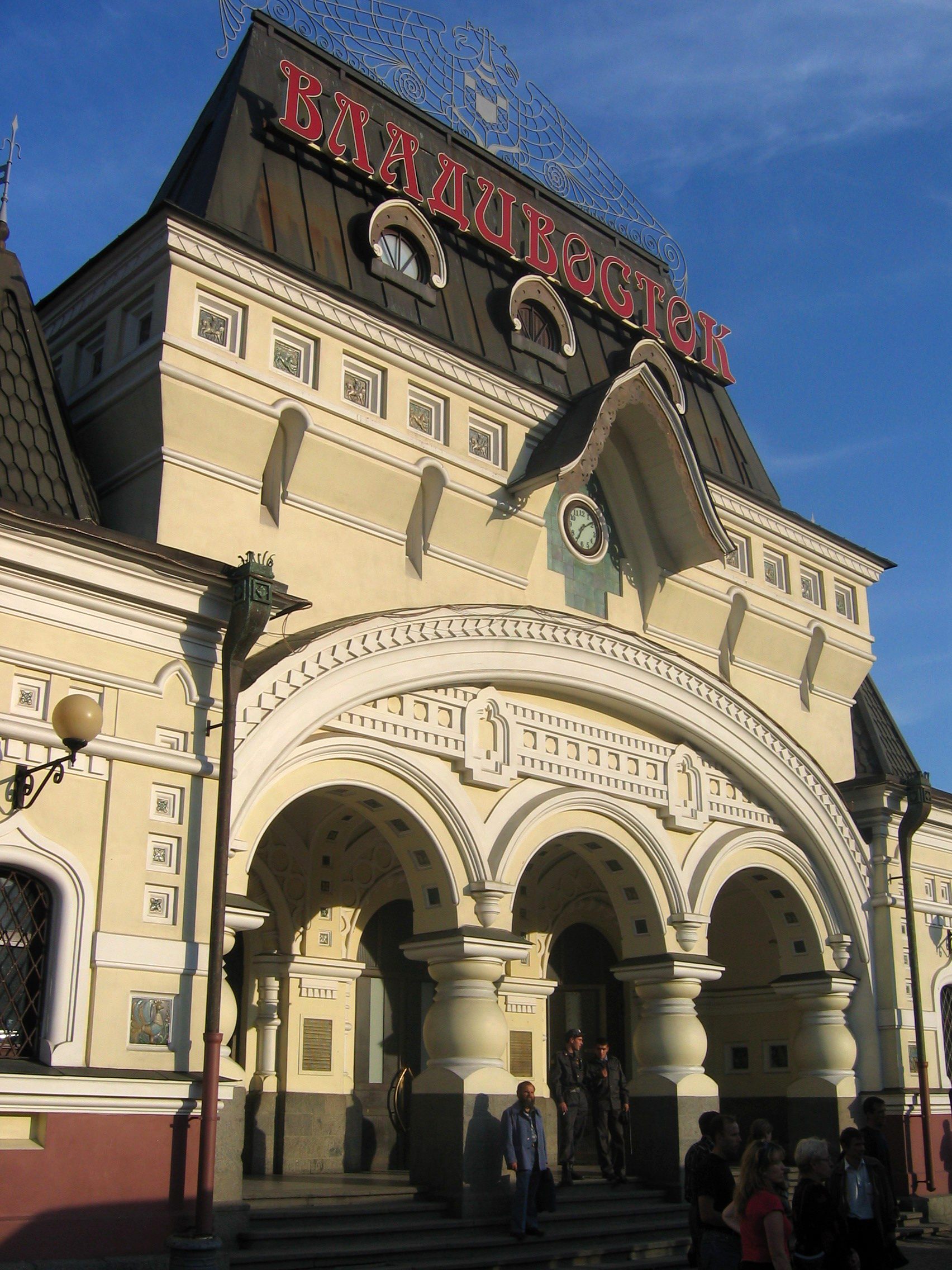The Massive Trans-Siberian Railway May Get Even Longer
From London to Tokyo in just a hair over two weeks.

The Trans-Siberian Railway, the longest railway line in the world, built between 1891 and 1916 by order of Russian tsar Alexander III, covers around 6,000 miles, from Moscow to Vladivostok (with service to Pyongyang), in nearly eight short days. If a plan recently put forward by a group of Japanese investors goes forward, it may get even larger—all the way to Tokyo. Given the fact that Japan is more than 500 miles from the mainland, this would require at least two colossal bridges over the ocean, one connecting coastal Russia to its eastern-most island, Sakhalin, and another from Sakhalin to the Japanese island of Hokkaido.
This would not be the first time that the epic railway—which runs through 87 cities and across 16 rivers, such as the Volga, Ova, Ural, Oka, and Amur—needed to find a brute force solution to a natural obstacle. In the late 1890s, Russian engineers had to purchase a special icebreaker from England to temporarily connect the two sides of Lake Baikal while the railway was completed on the south shore of the lake. Sections of the ship were transported to Lake Baikal by cargo ship and horse, and then reassembled on-site between 1898 and 1899. The icebreaker transported entire train carriages from one side of the other, like a sort of “swimming bridge.”

The challenges to this plan may be even more daunting, leading Russian President Vladimir Putin to declare the project to be, rather literally, of “planetary scale.” If completed, the Trans-Siberian railway would span 8,400 miles, and make it possible to go from London to Tokyo by a series of trains—a trip that would take roughly 15 long, scenic days.



Follow us on Twitter to get the latest on the world's hidden wonders.
Like us on Facebook to get the latest on the world's hidden wonders.
Follow us on Twitter Like us on Facebook